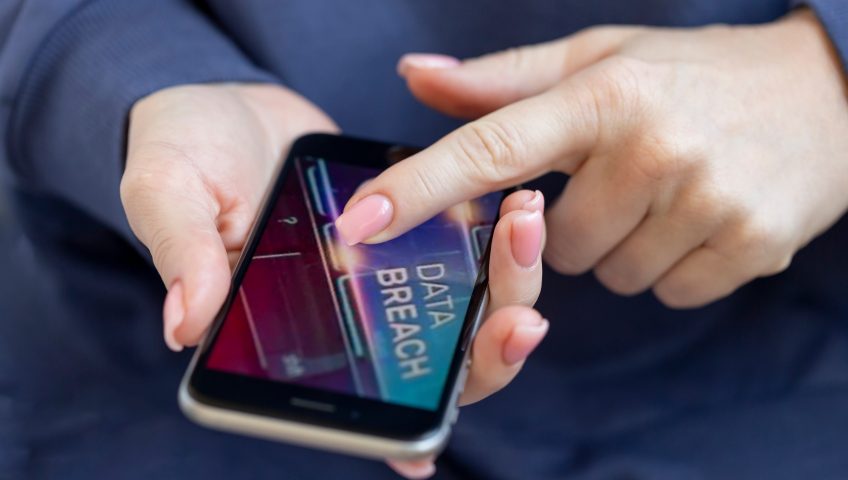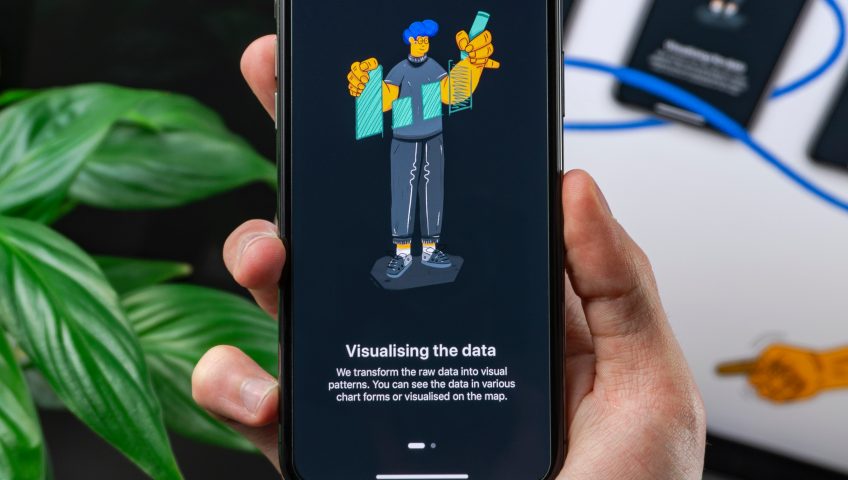The idea of a data breach can feel almost inevitable these days. Even if your business has crossed all of its security t’s and dotted all of its training i’s, cybercriminals are still finding new ways to attack and infiltrate SMBs. A successful cyber attack can be catastrophic for businesses unprepared for the fallout. So, getting your response right if a breach does occur is imperative.
If you believe your business has been caught up in a cyber attack, our top advice is to stay calm but act quickly. The quicker you act, the more likely you’ll be able to avoid disaster. Having (and practicing) a comprehensive incident response (IR) plan is, therefore vital.
Following are five steps your business should plan to take in the event of a cybersecurity breach.
Gather information
The first – and possibly most important – step in responding to a data breach is to gather information. This will involve determining the type of cyber attack and what has been compromised. Was the breach caused by human error, malware, an open port in the firewall, or outdated business or antivirus software? Which systems or devices have been breached? Has your business been breached at all (remembering that it is not uncommon for scammers to claim that your accounts have been compromised in an attempt to steal information)?
Contain the situation
Once you have determined the nature and scale of the cyber attack, you can then prevent its spread by isolating compromised endpoints and assets. Containment will involve stopping data leakage, removing the hacker and patching the system, as well as keeping evidence of the breach for reporting purposes. The goal at this point is to limit the scope of the breach and prevent further damage.
Notify affected parties
After containing the situation, the next step is to notify the affected parties. This may include employees, customers, and other stakeholders. The notification should be timely and transparent, providing details on what has happened and what steps are being taken to address the situation. The notification should also include instructions for affected parties to protect themselves from any potential harm. It is absolutely vital that you understand your legal requirements and the situations that require mandatory data-breach notification in Australia. Ensure this information is part of your IR plan so that you are not scrambling for details during a crisis.
Perform damage assessments
Once the situation has been contained and affected parties have been notified, the next step is to assess the damage. The IT department – or an external IT contractor – should perform a thorough analysis of the data that was compromised and determine the potential impact on the business. This analysis will help inform the next steps in minimising the damage and protecting the business from future attacks.
Increase security measures
A data breach can be a crippling event for a business. However, it can also provide an opportunity to interrogate and strengthen your cybersecurity defences. With damage assessment complete, your IT professionals can identify and fix vulnerabilities in the system. This includes changing all passwords, patching software, updating security protocols, and enhancing network security. Post-breach security measures can also involve ongoing penetration testing, vulnerability scanning and other techniques to identify any remaining weaknesses in the system. And don’t forget that weaknesses can also include human errors. Ensure your employees undergo regular, ongoing data-security training and advise them on best-practice measures to protect their email accounts and passwords from compromise.
Contact Geelong’s data security specialists
If you suspect your business has suffered a data breach, or you wish to get ahead of the ball with a comprehensive incident response plan, Geelong Technology Group are here to help. Remember that prevention is the cheapest and easiest option when it comes to cybersecurity.
Included in our managed IT services are network security solutions tailored to your business needs. We can also assist with infrastructure assessment and IR plan implementation, so give us a call to discuss your cybersecurity and IT requirements.
Geelong Technology Group – servicing Geelong, the Bellarine Peninsula, the Surf Coast, Golden Plains, Colac, Warrnambool and beyond. Call ☎️1300 GET GTG (1300 438 484).









Recent Comments